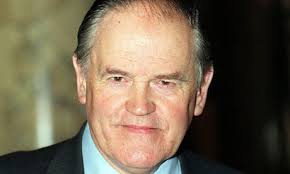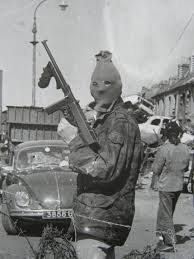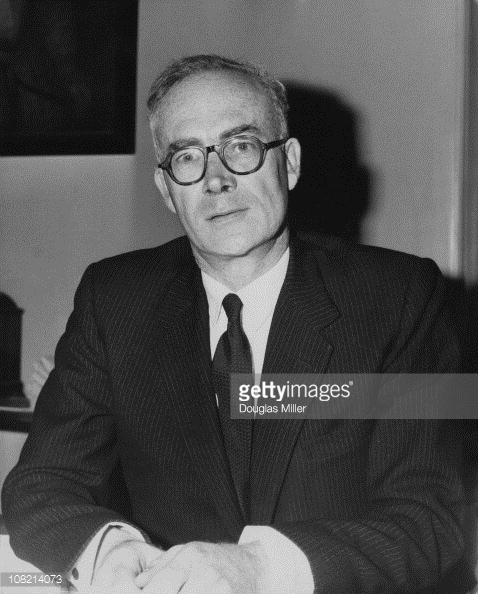By Ed Moloney and James Kinchin-White
Over the next two or three days, thebrokenelbow.com will make available documents and material that featured in RTE’s recent documentary ‘Collusion’, which dealt with the lengthy and tangled story of British security force alliances with, cum toleration of Loyalist violence.
The first of these documents, discovered by James Kinchin-White at the Kew archive, is a letter written by the Permanent-Secretary at the Northern Ireland Office, William (later Sir William) Nield to the British Cabinet Secretary, Sir Burke Trend and copied to Sir Robert Armstrong, Secretary to the then British prime minister, Edward Heath.
The letter is dated July 10th, 1972, just a day after the collapse of that year’s IRA ceasefire. The ceasefire broke down after a confrontation between the British Army and Republicans in Lenadoon, as the Republicans were attempting to re-house Catholic refugee families in vacant public housing.
(It was also written as UDA pressure on the British to dismantle the no-go areas of Derry was being ratcheted up. The IRA ceasefire had ended, the Provos were back to war and the Loyalists were threatening to escalate their violence unless the British invaded the Bogside, Creggan and other Republican areas.)
The Ulster Defence Association, which had successfully confronted British troops in the middle of the Shankill Road just a few days later, was opposed to this re-housing effort and the response of the British Army in repulsing the Republican cavalcade, was seen widely in Catholic communities as indicative of the British taking the side of Loyalists.

Secretary of State for N Ireland, William Whitelaw, visits British troops serving in Derry. Major General Robert Ford, Commander of Land Forces accompanied him. The no-go areas of Derry were the focus of his trip and pressure from the UDA would force Whitelaw to take action against them. This was the source of concern that provoked the Nield letter.
The significance of the Nield letter is that it puts all this into words and the implied policy conclusion, that the British would concentrate their firepower on the IRA rather than the UDA, would characterise British policy in ensuing years.

Sir Robert Armstrong, Heath’s private secretary. He would later become famous for coining the phrase ‘economical with the truth’.
Nield writes to express the concerns – he uses the word ‘anxiety’ – felt by his Secretary of State, William Whitelaw at the prospect of the British being faced by both the IRA and the UDA, two well armed forces, in the period following the ceasefire breakdown and concludes:
…..nor can they take on both at once with anything like their present strength, quite apart from the considerable sympathy for the UDA which 2 1/2 years of bombings has aroused in the Army’s auxilliary security forces, i.e. the Ulster Defence Force (sic) and the Royal Ulster Constabulary.

An IRA checkpoint in Derry, behind the barricades that made much of the city a no-go area for British forces
The next document we publish, the so-called Tuzo plan, takes this thinking to its next logical step and introduces the idea of using the UDA as an ally in the war against the IRA.
The implication in the Nield letter is clear: we can’t fight on two fronts, the UDA is much bigger than the IRA while the RUC and UDR (not UDF as Nield called it) sympathise with Loyalist paramilitaries and if we don’t do something to satisfy the UDA, like taking on the no-go areas controlled by the IRA, we’ll be in serious trouble – so let’s concentrate on defeating the IRA. It was not a huge leap between that logic and the idea of using Loyalists against the IRA.
Here is the Nield letter. Click to expand and enjoy:





Ed I have a friend , who was a perm sec here. I asked him, “when you get an allegation that you know is true, what do you do?’ “Deny it” Yes but you cant’t just continue in that vein? “we do till the game is up” This was not a conversation about the Troubles, it covered any allegation at all– this is the ethos of the civil service. P